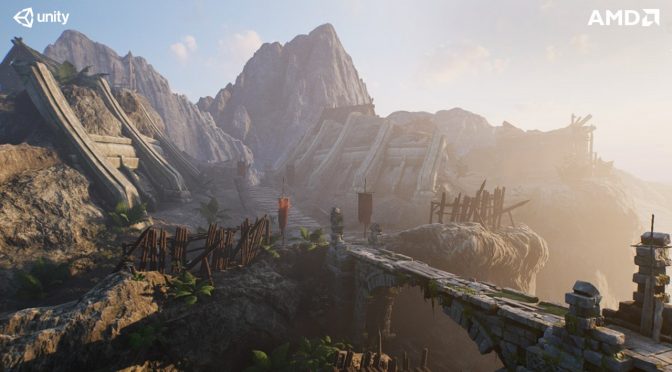AMD and Unity have showcased a fully open source high performance GPU-accelerated ray tracing engine for low level engine developers and supporting OpenCL, Vulkan and C++ backends, called AMD Radeon Rays. AMD Radeon Rays can be used as an important building block of a renderer supporting global illumination rendering, sound rendering.
According to the companies, AMD Radeon Rays can be used for lightmap baking and light probe calculation using ray tracing and is being integrated by a number of developers to improve the lighting effects in their games.
This new technique will, obviously, boost overall performance primarily for the artists and designers. As Unity noted, GPU-based lightmapping can generate close to 200 million Rays/Sec, around 10X more than the level of CPU- based approaches. Furthermore, with the new GPU-based progressive lightmapper, Unity users can achieve up to 10x faster bakes on a Radeon Vega in their system.
What this ultimately means is that designers and artists can immediately see how their changes affect their baked global illumination quality, whenever they make any changes to lighting, materials, and textures. This means more efficient use of system resources, faster workflows and an overall better experience for Unity users as they create better quality assets.
You can read more about AMD’s Radeon Rays tech on Unity’s blog.

John is the founder and Editor in Chief at DSOGaming. He is a PC gaming fan and highly supports the modding and indie communities. Before creating DSOGaming, John worked on numerous gaming websites. While he is a die-hard PC gamer, his gaming roots can be found on consoles. John loved – and still does – the 16-bit consoles, and considers SNES to be one of the best consoles. Still, the PC platform won him over consoles. That was mainly due to 3DFX and its iconic dedicated 3D accelerator graphics card, Voodoo 2. John has also written a higher degree thesis on the “The Evolution of PC graphics cards.”
Contact: Email

